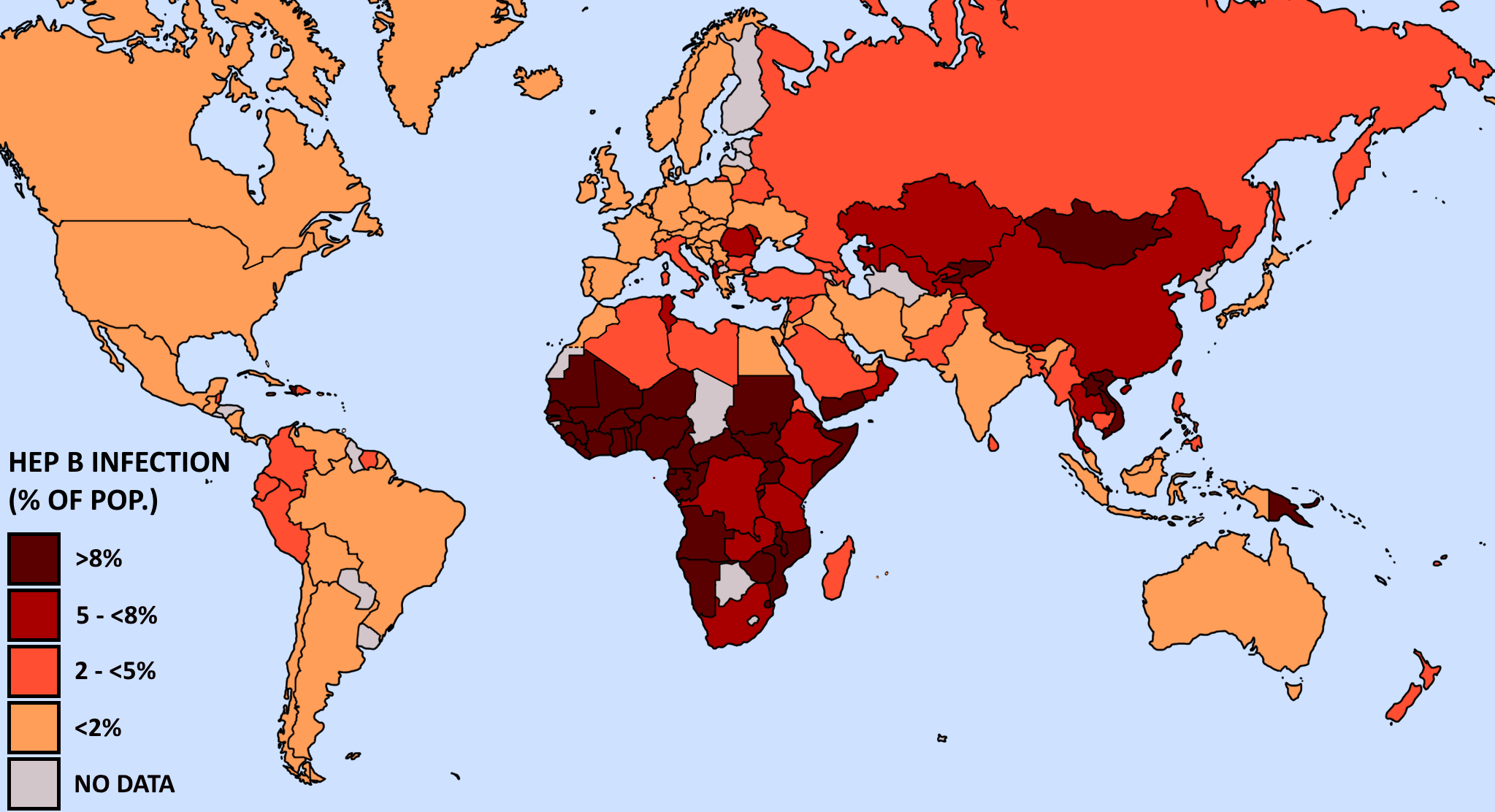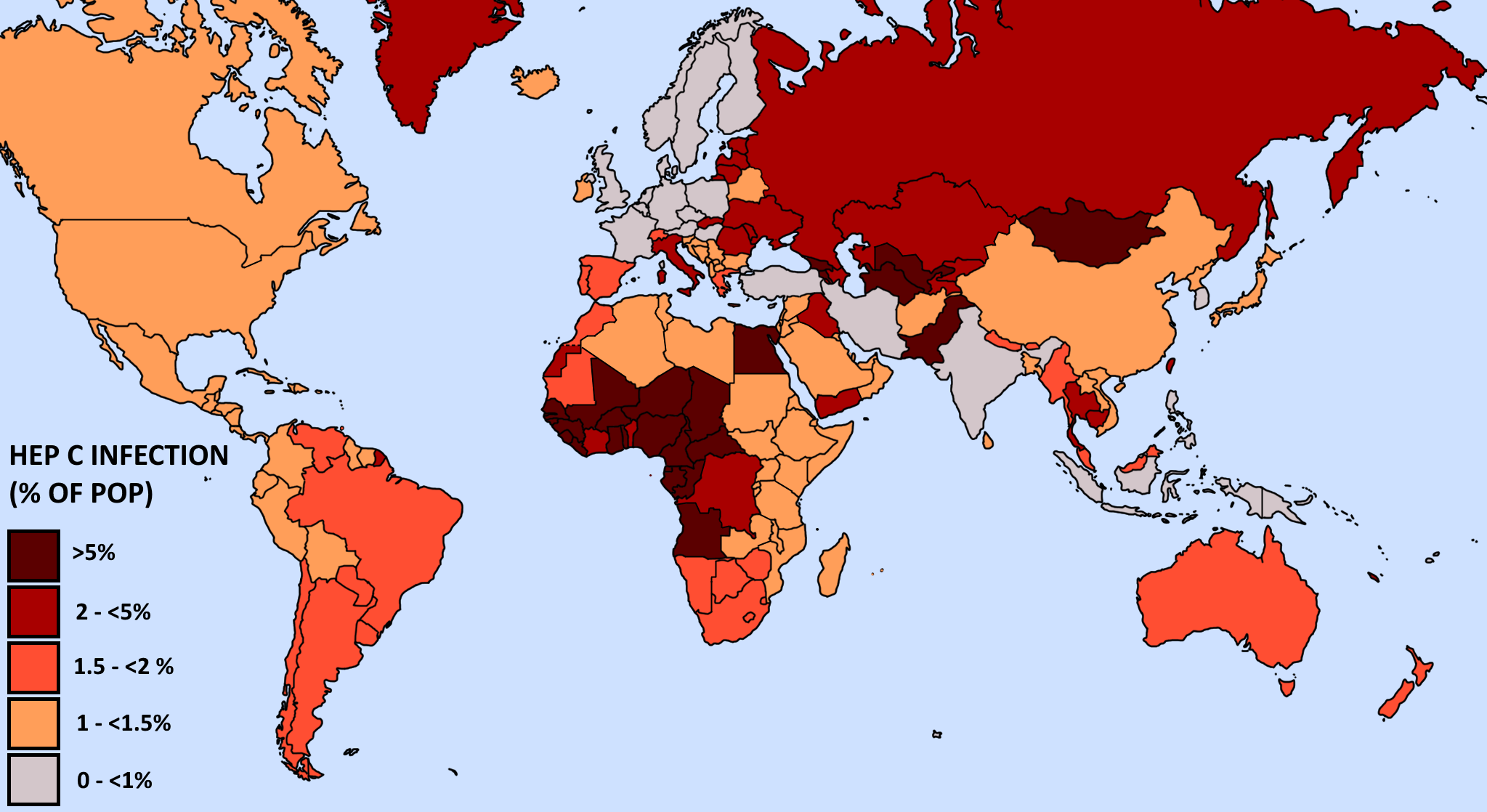When it comes to planning a trip abroad, health may not always be at the forefront of our minds. But whether you’re leaving the UK for work, volunteering, long-term backpacking or just a holiday, you should always check the travel advice for your destination and factor in the availability of good healthcare and the prevalence of infectious diseases into your plans.
In many developing countries, there may be good, safe healthcare available in major cities, but venture into more remote areas and the level of care can be much more basic, with a higher risk from disease. In large countries especially, differences in development and climate can mean some parts of the country are virtually free of a disease while others aren’t. In other countries, a lack of development, political violence, economic crisis, natural disasters or a combination of these factors can mean healthcare provision throughout the country is very poor. Many of these places may not be much visited by your average tourist, but there are still plenty of people who do travel even to crisis-hit countries, including journalists, photographers, aid workers, volunteers and backpackers.
The maps below show most of the countries in the world which are considered by a leading travel consultancy to pose a high, very high or highly variable medical risk for travellers. This is based on the prevalence of infectious disease, the standards of local emergency medical and dental care, and a range of other factors. In countries described as at variable risk, good health provision is available in major cities but poor elsewhere. In high risk countries, specialist care and access to quality drugs is limited, while very high risk countries are judged to have almost non-existent or failing healthcare systems with a high risk of infection. Europe and North America have been left out as only Kosovo was assessed as more than a medium medical risk.
Map key: Orange = high risk, red = very high risk, dark grey = highly variable risk, light grey = low-medium risk or out of area

Many medical procedures involve using needles to either administer vaccines or antidotes, take blood for tests or give fluids. Unfortunately, needles can pose a risk of infection if reused or not kept in sterile conditions. For this reason, in countries with poor healthcare standards, it’s safest to provide your own equipment for local physicians to use. Providing your own sterile needles and syringes means you can be 100% sure your treatment will be safe. Serious blood-borne diseases like HIV and Hepatitis B & C can be spread by contaminated needles, so in countries with large incidences of these diseases and with low healthcare standards, the need to have your own safe supply of needles is particularly acute.
You can purchase a first aid kit for foreign travel, including sterile dental needles, syringes, syringe needles and an I.V. cannula from Safety First Aid. Our Basic Foreign Travel Kit comes in a nylon pouch and also includes swabs, dressing scissors, plasters, wipes, closure strips, disposable gloves and a first aid leaflet. We strongly recommend you take regular first aid supplies whilst travelling.
To find out more about the supplies you should take to protect your health whilst traveling, click here.
Blood borne disease maps:



